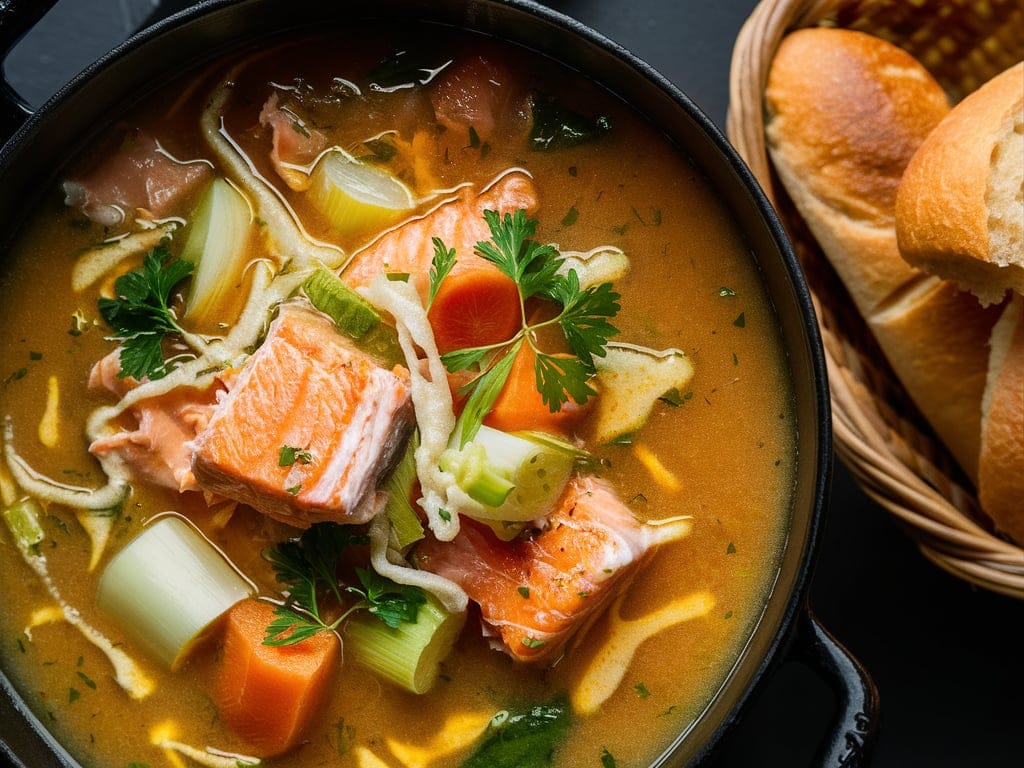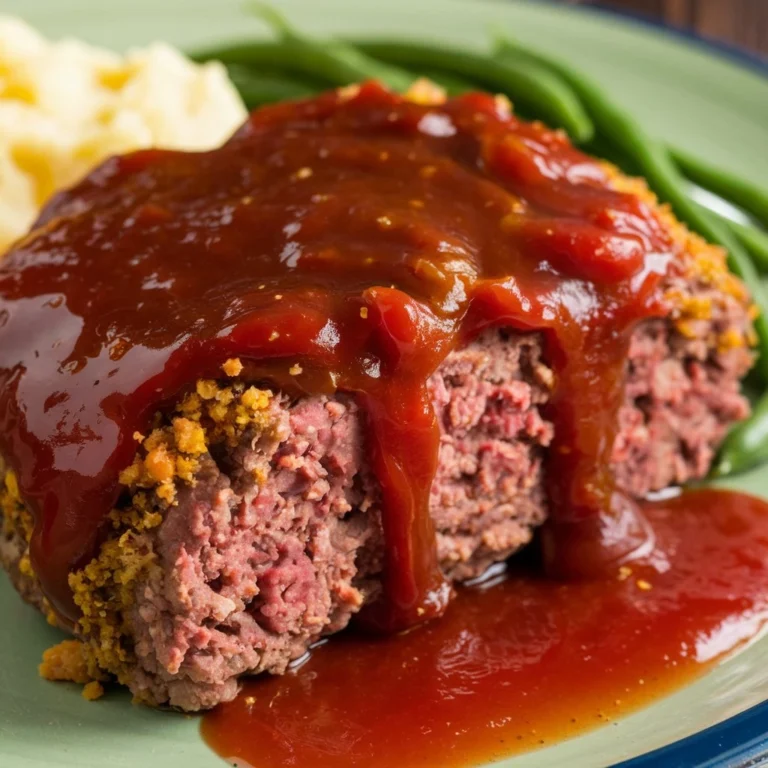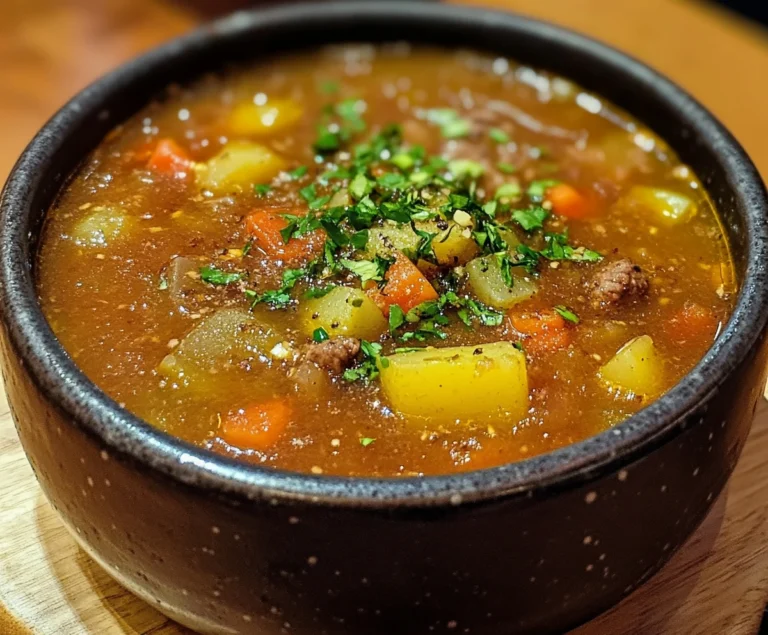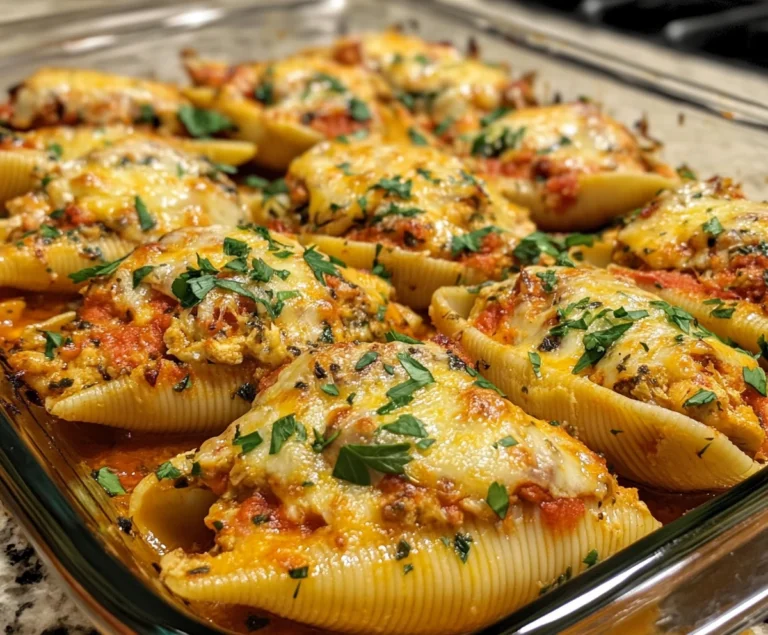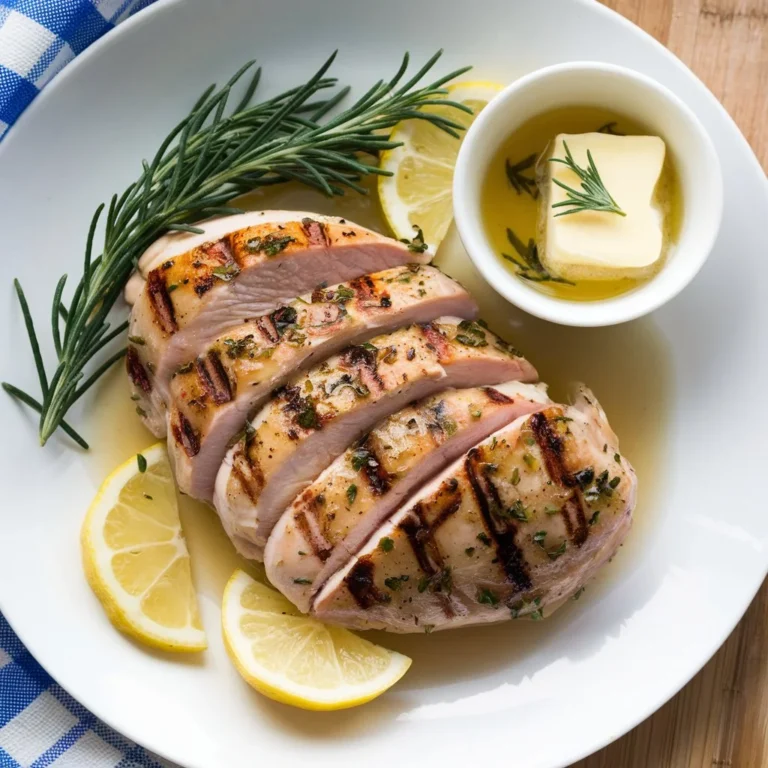Salmon Soup Recipe: A Nutritious and Delicious Meal
Salmon Soup Recipe is a warm, comforting dish. It combines the rich flavors of salmon with a variety of vegetables, all simmered in a savory broth. This recipe is perfect for those who want to enjoy a healthy meal that’s easy to prepare and bursting with flavor. Whether you’re looking for a quick weeknight dinner or a meal that will impress guests, this salmon soup is sure to be a hit.
A Deep Dive into the History of Salmon Soup Recipe
The origins of salmon soup recipe are deeply rooted in coastal regions where fish has always been a staple. From Scandinavia to the Pacific Northwest, people have long turned to salmon as a vital source of nutrition. In these regions, salmon is not just food but a symbol of life and sustenance. It often features in traditional dishes passed down through generations.
In Scandinavia, salmon soup is known as “lohikeitto.” It is a creamy, hearty dish made with potatoes, leeks, and butter or cream. This Finnish version of salmon soup is a comforting staple during the long, cold winters. In the Pacific Northwest, indigenous peoples have fished salmon for thousands of years. Their soups, often simpler, rely on the natural flavors of the fish and local herbs.
The recipe we explore today blends these traditional influences. It favors a light, broth-based approach that highlights the salmon while incorporating vegetables and herbs to enhance the dish’s nutrition. This method is health-conscious and allows the salmon to truly shine as the star of the dish.
Why Make Salmon Soup Recipe?
Salmon is known for its high levels of omega-3 fatty acids, which are essential for heart health and reducing inflammation. Combining it with fresh vegetables and herbs makes this soup flavorful and packed with nutrients. Unlike heavier cream-based soups, this broth-based salmon soup is light yet satisfying. It’s an ideal choice for those who are health-conscious.
Salmon is incredibly versatile and can be prepared in various ways. Making salmon soup allows you to enjoy all the benefits of this nutritious fish in a comforting and flavorful broth. Whether you’re recovering from a cold or simply craving something warm and satisfying, salmon soup is perfect.
For more on salmon’s health benefits, check out Healthline’s article on salmon nutrition. If you’re interested in learning how to choose the best salmon for your soup, Seafood Watch offers a great guide on selecting fresh fish.
If you’re looking to explore more nutritious recipes, try this Cucumber Gazpacho. It’s another light and refreshing dish perfect for summer.
The Nutritional Power of Salmon Soup Recipe
The Benefits of Salmon
Salmon is celebrated as one of the most nutritious foods. This fatty fish is loaded with nutrients that can improve health and reduce the risk of diseases. Some key benefits of salmon include:
- Rich in Omega-3 Fatty Acids: These essential fats are crucial for heart health, reducing inflammation, and supporting brain health. Regular consumption of omega-3s lowers the risk of heart disease, improves cognitive function, and may reduce the risk of depression.
- High-Quality Protein: Salmon is an excellent source of high-quality protein, essential for muscle health, bone strength, and overall body maintenance.
- Packed with Vitamins and Minerals: Salmon provides B vitamins, potassium, selenium, and antioxidants like astaxanthin. These nutrients support everything from heart health to the immune system, making salmon a nutritional powerhouse.
The Role of Vegetables in Salmon Soup Recipe
Adding vegetables to your salmon soup not only adds flavor and texture but also boosts nutrition. Here are the benefits of the key vegetables used in this recipe:
- Potatoes: Potatoes provide vitamins C and B6, potassium, and fiber. They add bulk to the soup, making it more filling, while also providing a creamy texture when cooked down.
- Carrots: Carrots are rich in beta-carotene, which your body converts into vitamin A. This vitamin is essential for maintaining good vision, immune function, and skin health.
- Onions and Garlic: These aromatic vegetables are essential for flavor and offer numerous health benefits. Onions are rich in antioxidants and compounds that fight inflammation, reduce cholesterol levels, and lower the risk of heart disease. Garlic is well-known for its immune-boosting properties and helps prevent and reduce the severity of illnesses like the common cold.
The Power of Herbs and Broth
- Dill: Fresh dill is often used in fish dishes because of its mild, grassy flavor that complements the rich taste of salmon. Dill is also rich in antioxidants and has antibacterial properties.
- Chicken Broth: While chicken broth is commonly used, fish broth is a great alternative, especially if you want to enhance the seafood flavor. Broths provide important nutrients like collagen, amino acids, and minerals that support gut health and joint function.
If you’re in the mood for a sweet treat afterward, try these Earl Grey Cookies to accompany your meal. Their unique flavor pairs beautifully with the savory notes of the soup.
Ingredients for the Best Salmon Soup
Creating the perfect salmon soup starts with selecting the right ingredients. Here’s what you’ll need:
- Salmon Fillets: Opt for skinless fillets for a clean, smooth texture. Skin-on fillets can also be used if you prefer a richer taste. Choose wild-caught salmon for better flavor and nutrition compared to farmed salmon.
- Potatoes and Carrots: These vegetables add bulk and sweetness, balancing the savory elements. Thinly slicing them ensures they cook quickly and evenly.
- Onions and Garlic: These are essential for building a flavorful base. Sautéing them in olive oil releases their natural sweetness, creating a flavorful foundation for the soup.
- Fresh Dill: Dill pairs wonderfully with salmon, providing a fresh, herbal note. While fresh dill is preferred, dried dill can be used—just reduce the quantity to about a third of what the recipe calls for in fresh dill.
- Chicken Broth: This forms the foundation of the soup. You can substitute it with fish broth for a deeper flavor, or use vegetable broth for a lighter, plant-based option.
- Lemon Juice: A splash of lemon juice adds a bright, zesty finish that ties all the flavors together. The acidity also helps balance the richness of the salmon, making the soup more refreshing.
Ingredient Substitutions
- If salmon is not available, you can substitute it with firm fish like cod or halibut. These fish have a similar texture and will hold up well in the soup, absorbing the flavors of the broth and vegetables.
- For the herbs, use dried dill (about 1/3 of the fresh amount) or replace it with parsley or cilantro for a different taste.
To add even more variety to your meal, consider these ingredients:
- Leeks: Leeks have a mild, sweet flavor that works well with fish. Substitute some or all of the onions with leeks for a different twist.
- Fennel: Fennel has a slightly licorice-like flavor that pairs well with fish. Adding thinly sliced fennel can give the soup a more complex flavor.
- White Wine: A splash of white wine can add depth to the broth. If using white wine, add it after sautéing the onions and garlic. Let it reduce slightly before adding the broth and vegetables.
Step-by-Step Salmon Soup Recipe
1. Prepare the Aromatics
- Heat olive oil in a large pot over medium heat. Add the chopped onions, garlic, and bell peppers. Sauté until the onions are translucent and the garlic is fragrant, about 3-5 minutes. This step is crucial for building the flavor base of the soup.
- Add half of the fresh dill and stir briefly to release its flavor. The dill will wilt slightly, blending with the other aromatics to create a harmonious flavor profile. If using dried dill, add it now, as the heat will help release its essential oils and intensify its flavor.
2. Add the Broth and Vegetables
- Pour in the chicken broth and bring the mixture to a boil. As the broth heats up, it will absorb the flavors of the sautéed aromatics.
- Add the sliced potatoes and carrots to the pot. These vegetables add texture, color, and nutrition. The potatoes will become tender and creamy as they cook, while the carrots add sweetness.
- Season with oregano, coriander, cumin, kosher salt, and black pepper. These spices add depth, enhancing the natural flavors of the salmon and vegetables. The cumin adds a warm, earthy note, while the oregano and coriander bring a subtle herbaceousness that complements the dill.
- Bring the soup to a boil, then reduce the heat and let it simmer for 5-6 minutes until the potatoes and carrots are tender. Cook the vegetables until they are tender but not mushy, as they will continue to cook slightly once the salmon is added.
3. Cook the Salmon
- Season the salmon fillets with a pinch of salt and gently add them to the simmering broth. Be careful not to overcrowd the pot, as this can cause the temperature to drop and result in uneven cooking.
- Cook for 3-5 minutes until the salmon is opaque and flakes easily with a fork. The cooking time will vary depending on the thickness of the fillets, so keep an eye on the salmon to ensure it doesn’t overcook.
4. Final Touches
- Remove the pot from heat and stir in the lemon juice and remaining dill. The lemon juice brightens the flavors, while the fresh dill adds a final burst of herbaceousness. If you find the soup needs more acidity, add an extra squeeze of lemon juice.
- Adjust the seasoning as needed. Taste the soup and add more salt, pepper, or spices if necessary. Balance the flavors carefully to ensure everything is just right.
Variations and Serving Suggestions
Salmon soup is incredibly versatile, and there are many ways to customize the recipe to suit your preferences. Here are a few ideas:
Variations
- Creamy Salmon Soup: For a richer soup, add a splash of heavy cream or coconut milk before serving. This gives the soup a velvety texture and a more indulgent flavor. For a lighter option, add a dollop of Greek yogurt or sour cream to each bowl.
- Spicy Salmon Soup: If you like heat, add red pepper flakes or a chopped chili pepper. The heat will contrast with the richness of the salmon and the sweetness of the carrots, creating a more complex flavor.
- Mediterranean-Inspired Salmon Soup: Incorporate Mediterranean flavors by adding olives, capers, or sun-dried tomatoes. Substitute the dill with fresh basil or oregano for a Mediterranean twist.
Serving Suggestions
- Alternative Fish: If you don’t have salmon, cod or halibut are excellent substitutes. These fish are firm enough to hold up in the soup without falling apart and have a mild flavor that pairs well with the other ingredients.
- Herb Alternatives: Replace dill with parsley, cilantro, or basil for a different flavor profile. Each herb will give the soup a unique twist, allowing you to experiment with different flavor combinations.
- Serving Suggestions: Serve this soup with crusty bread or a fresh salad. The bread is perfect for soaking up the flavorful broth, while a light salad adds a refreshing contrast to the richness of the soup.
For a sweet finish, try this Pumpkin Banana Loaf. It’s moist, flavorful, and a perfect way to round off your meal. The sweetness complements the savory flavors of the soup, creating a well-balanced meal.
Storing and Reheating Salmon Soup
While this soup is best enjoyed fresh, you can store leftovers in an airtight container in the refrigerator for up to two days. The flavors will continue to meld as the soup sits, making it even more delicious the next day. However, the salmon may continue to cook slightly in the hot broth, so be careful not to overcook it when reheating.
Reheating Instructions
- On the Stovetop: To reheat, warm the soup gently on the stovetop over low heat. Stir occasionally to ensure the soup heats evenly and doesn’t stick to the bottom of the pot. Be careful not to bring the soup to a boil, as this can overcook the salmon.
- In the Microwave: If you’re short on time, you can reheat the soup in the microwave. Place the soup in a microwave-safe bowl, cover it with a microwave-safe lid or plate, and heat on medium power in 1-minute increments, stirring in between, until heated through.
Freezing Salmon Soup
It’s generally not recommended to freeze salmon soup due to the texture changes that can occur in the salmon and potatoes. However, you can freeze the soup before adding the salmon. When you’re ready to eat, thaw the soup base, bring it to a simmer, and add fresh salmon to cook through.
Frequently Asked Questions (FAQs)
Can I Use Frozen Salmon?
Yes, frozen salmon works well in this soup. Be sure to thaw it completely before cooking. To thaw, place the salmon in the refrigerator overnight or use the defrost setting on your microwave. If you’re in a hurry, you can place the salmon in a sealed plastic bag and submerge it in cold water, changing the water every 30 minutes until thawed.
What Can I Substitute for Fresh Dill?
If you don’t have fresh dill, you can use dried dill (1/3 the amount). Alternatively, fresh parsley, cilantro, or basil can be used for a different flavor. Each herb will give the soup a unique twist, so feel free to experiment with different combinations.
Can I Make This Soup Dairy-Free?
Absolutely! This recipe is naturally dairy-free, as it uses broth instead of cream or milk. For a creamier texture, you can add coconut milk or a dairy-free cream alternative. Choose an unsweetened variety to avoid altering the flavor of the soup.
How Long Does It Take to Cook Salmon in Soup?
Salmon typically cooks in 3-5 minutes in the simmering broth. It’s done when the flesh turns opaque and flakes easily with a fork. Cook the salmon just until it’s done to avoid overcooking, which can make the fish dry and tough.
Can I Freeze Salmon Soup?
Freezing salmon soup is not recommended, as the texture of the salmon and potatoes can change upon reheating. If you must freeze it, do so before adding the salmon, and add freshly cooked salmon when reheating. This will help preserve the texture and flavor of the dish.
Conclusion
This salmon soup recipe is not only delicious but also incredibly easy to make. With its light, flavorful broth and nutritious ingredients, it’s a perfect dish for any occasion. Whether you’re new to cooking fish or a seasoned pro, this recipe is sure to become a favorite. Try it today, and don’t forget to explore other healthy and tasty recipes, such as the Earl Grey Cookies or Cucumber Gazpacho, to add to your culinary repertoire!
The beauty of salmon soup lies in its simplicity and versatility. It’s a dish that can be adapted to suit a variety of tastes and dietary needs, making it a great addition to any home cook’s recipe collection. Whether you’re looking for a quick and easy meal to whip up on a weeknight or a comforting dish to enjoy on a lazy weekend, salmon soup is a recipe you’ll want to make again and again.
So, gather your ingredients, grab a pot, and start cooking. You’re just a few steps away from enjoying a warm, nutritious, and absolutely delicious bowl of salmon soup!

